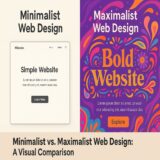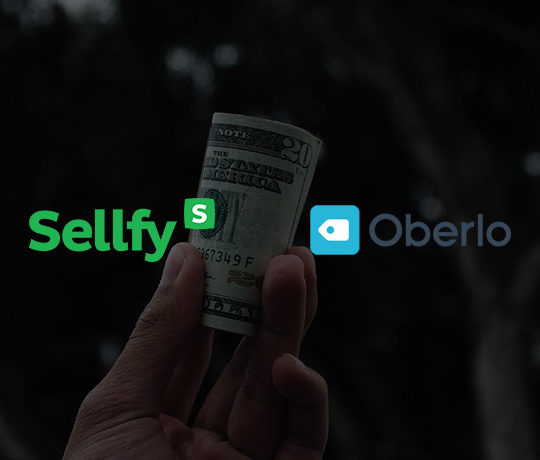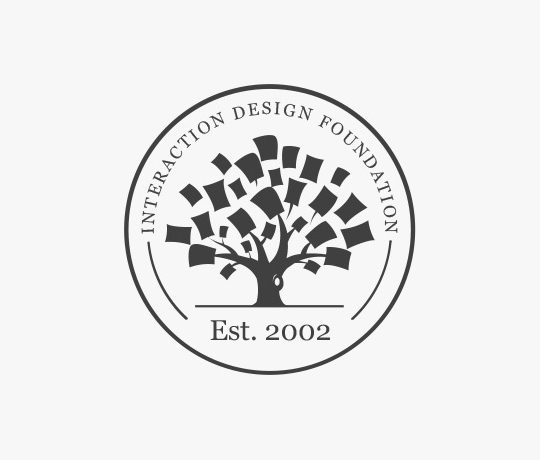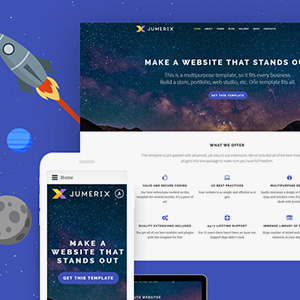Creating an effective portfolio is actually simple; you need to follow certain rules that will make sure your portfolio is top notch. When you think about it portfolios are all the same, kind of like WordPress Theme. Everybody has an intro page made of their home page, everybody has an about page and shows off their work. It’s very standard but when you take a look at them more specifically you can see what makes or breaks portfolios. Let’s go over what key things your portfolio should have and what makes them so important.
Clearly indicate what you do
The overall goal of your portfolio should be to clearly indicate what you do. The goal of your portfolio pieces is to indicate you are in fact good at it. If someone goes on your home page and has no idea what you do, you’re not off to a good start. Of course that doesn’t mean it’s the end of the world, I’m sure people will figure out you are a logo designer if they see that your portfolio is filled with logos. But why not just say it to them on your home page. Don’t make them guess, it’s bad user experience.

That’s exactly the feedback I received when I was in the middle of creating my latest portfolio. I was told that there is no indication of what I do when someone comes to my home page. You can say, ‘of course she’s a designer!’ silly feedback person, or you can agree – I’ve heard it both way. At the end of the day, I agree and have been playing round with a new tag line ever since.
Tell me who you are
I’ve seen this done on both home pages and about pages. I don’t care where it is, but it needs to be said somewhere so please make sure you answer these two questions, Who are you? and Why do you do what you do? I think the merit for the first questions is obvious; you should introduce yourself and provide a little background as to who you are. But explaining why you are a designer, a typographer or a developer seems to go unnoticed often. You should explain what drives you – this will make you stand out from the crowd as everyone has a different story to tell. This is a great opportunity for you to connect with your potential clients or employers. Allow yourself to quickly explain how and why you go into your field. This will make a world difference in showing of the type of person you are and make connections with your visitors.
Fabio’s portfolio is amazing because it tells me what he does, who he is and what he’s been up to. He talks about his passion for design directly and indirectly – he’s just good with words and all. But although his home page is filled with words, they are friendly and show off his personality. That’s what you want, you want to show off who you are, what makes you you and come of as a friendly human rather than some anonymous internet persona.

My Dear Fellow Co. is another lovely example. When you go to their about page you get a great overview the values and vision that Samantha and Aaron have for their company. It shines a wonderful light on their credibility and makes them stand out from their competitors.
Value proposition
Instead of listing the skills you have or the software you know, tell me what value you bring to the table. This is best explained by talking about how you solve problems. It’s the different between stating ‘I design eCommerce websites’ and stating ‘I help eCommerce businesses connect with new customers’. Actually that’s still pretty weak, how about ‘I help eCommerce businesses make a lasting impression with their customers through simple user experience.’ I can keep on going because I’m still not satisfied with the third statement. However, it beats the first one by a mile and than some. You’ve heard that features don’t sell but benefits do, right? That’s the same exact idea! Call them benefits or value propositions, they are essentially the same thing; what is the value or benefit I will get for hiring you?

When you look at what Hipo Labs does you can clearly see they are not just saying they do ‘iOS development’ instead they mention that they have been doing this since 2008 learning so much a long the way. The language is simple, and all it took was a few sentences for me to appreciate that they know what they are doing when it comes to iOS development. Now you try doing this about the services you provide!

Caroline mentions two things very briefly on her home page, her views and feeling on photography and inspiration. It’s such a personal connection to make with a designer when you can read about how taking photos makes them feel or how they keep themselves inspirited.
The goal of your portfolio pieces
User experience is an interesting field that doesn’t always have tangible deliverables. This is especially true when you are part of a team where a designer and a developer create the concrete idea you came up with. You can’t show of their designs and say you did it. That’s why user experience portfolios show off the thinking process, from the problem to the solution; the process of what you did, what were the various solutions and why you chose the specific one in the end are a fantastic way to show of how you get your job done.
It’s not always the case for designers or developers because you have concrete deliverables but that seems to be no longer enough (especially as a designer). Just because you created the UI doesn’t mean there wasn’t a process, so show it off. You want to let people see how you work, not just what you can deliver. I’ll keep saying it, it’s no longer enough so show off the end product. Understand how a designer’s process is applied to a project is becoming a very important part of portfolio and hiring now a days.
Haraldur explains his projects in detail. He talks about the project briefly, what it was and what not, and then shows of the various pieces of the end results. It’s amazing to see how the grid was used to make up an interface. Of course, he does show it off in an elegant fashion but the showcase evokes a story that just showing up some thumbnails could never do.
The best example of showing off process I can point you towards is the case studies presented by Teehan and Lax. Their portfolio pieces go on for miles, but they are very detail about their whole process. As a company, they are extremely transparent how they go about a project where they describe more than just the design and development process. I can guarantee you that helps with their business tremendously.
Don’t stress so much
When it comes to creating a portfolio, don’t stress. We all have imperfect ones. However, I hope that the few things I have mentioned in this post will help you become more confident in having a great portfolio that your potential clients or bosses will just eat up!








 The Best Websites to Start Online Business: Sellfy and Oberlo
The Best Websites to Start Online Business: Sellfy and Oberlo  8 Fundamental Tools to Help You Start an Online Business
8 Fundamental Tools to Help You Start an Online Business  10 Tools to Start an Online Business without Breaking the Bank
10 Tools to Start an Online Business without Breaking the Bank  [Review] Interaction Design Foundation – Ivy League-Level Education in UX and Design … All Available Online
[Review] Interaction Design Foundation – Ivy League-Level Education in UX and Design … All Available Online  Reviewing Jumerix Multipurpose Joomla Template
Reviewing Jumerix Multipurpose Joomla Template
Mr Kilner Jun 16, 2014, 10:23 pm
This is a very valuable article the information I will try and use on my portfolio. Thank you for sharing it with me.
Irina Jun 24, 2014, 8:44 pm
Thank you for this very helpful article.
So far I saw my portfolio from a whole other standpoint. I was worried about which projects to show and how to design my portfolio so that the projects would be in focus. I did want to take myself as a person back and show my work.
But I see, that people might be more interested in how I tick and what drives me. In the end I’m selling myself as a designer. :)